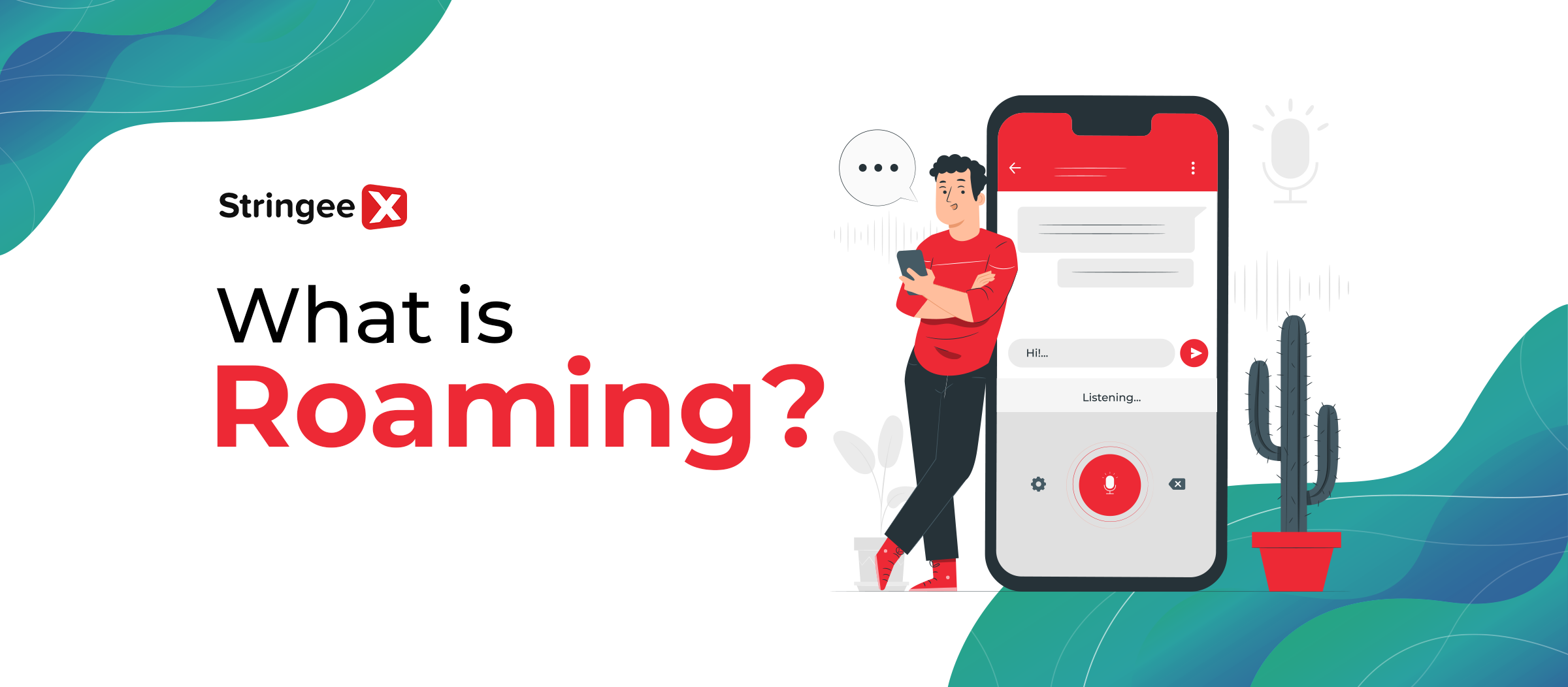Roaming is a service that helps users stay in touch with family, friends, partners, and customers while abroad without having to change phone numbers. Roaming makes trading between countries around the world much easier. So what is Roaming? Let's explore the details with StringeeX in the article below!
What is roaming?
First, let's find out what Roaming is. International Roaming service is the ideal solution to help users maintain a continuous connection with the world, regardless of geographical location. Specifically, when you travel across borders, Roaming will connect your phone to the local mobile network, allowing you to make calls, send messages, and use data without changing SIM cards.
When Roaming is enabled, your phone automatically switches to the network of the country you visit, allowing you to continue using your Vietnamese SIM and phone number as usual. Another benefit is that usage costs will be charged to your monthly bill, whether you are a prepaid or postpaid subscriber. With Roaming, staying in touch with the world is more convenient and easier than ever.
Popular types of Roaming
After understanding what Roaming is, you may wonder about the types of Roaming available. We can classify Roaming into two main forms: International Roaming and Domestic Roaming, each serving the specific needs of users.
International Roaming is an essential service when you travel or work abroad. The service allows your phone to connect to the mobile network in the country you are visiting, ensuring you can contact family, friends, colleagues, partners, and customers without having to change SIM cards. It's the perfect solution to stay on top of important information, wherever you are in the world.
Domestic Roaming is suitable for people who often travel within the country. When you go to an area with weak or no signal from your current carrier, domestic Roaming will connect you to another carrier in the same country, helping you stay in touch.
The basic difference between international Roaming and domestic Roaming is the scope of operation and the method of calculation. International roaming operates globally and often has higher costs due to complex technical requirements and the cost of connecting to many international carriers. On the contrary, domestic Roaming only operates within the country, has lower costs, and is very convenient for short trips or domestic business trips.
What are the pros & cons of international roaming services?
The Pros
Below are the advantages and benefits of international Roaming roaming services:
- International roaming (CVQT) service brings a series of practical benefits, especially when you need to travel or work abroad.
- The first and most basic benefit is that this service helps you stay in constant contact with relatives, friends, and partners in Vietnam. You will continue to use your familiar phone number without changing, ensuring stable communication anytime, anywhere.
- Another benefit is the convenience of receiving OTP messages from banks, allowing you to conduct safe financial transactions without worrying about interruption, no matter where you are in the world.
- In terms of cost, carriers like Viettel offer many cheap packages, starting from only 50,000 VND, helping you enjoy Roaming service without worrying about spending too much.
- Registering or canceling an international CV is also very simple and quick, and can be done right in Vietnam or when abroad, bringing maximum convenience to users.
- In addition, thanks to the widespread coverage of network operators, you can easily connect in most countries, from calling and texting to accessing the Internet, all operations become quick and easy. easy.
- Finally, cost transparency is a big plus, with carriers in Vietnam providing detailed traffic statistics, making it easy to track and control costs.
The Cons
Although Roaming brings many benefits, this service still has undeniable risks and disadvantages:
- The cost can be high, which is one of the biggest disadvantages of Roaming. Especially mobile data and international calls can be expensive if not controlled carefully.
- Unforeseen price fluctuations are also a problem, as Roaming prices can vary depending on the country and carrier, making it difficult to estimate costs before use.
- Connection problems are also a drawback, as Roaming does not always ensure a strong and stable connection. Depending on your location and local carrier's network quality, you may experience weak networks or lost connections.
- Service limitations are another issue when using Roaming. Some services may be unavailable or limited while you are abroad, including data traffic limitations or reduced Internet access speeds.
- The Roaming setup process can also be complicated, especially for those unfamiliar with the technology or unclear about the terms of service. This requires users to carefully learn about billing methods and packages before use to avoid unwanted surprises regarding costs.
To minimize these risks, it is very important to carefully learn about the network operator's billing method and service conditions before using it. This not only helps you better understand costs but also ensures you get the best experience when using Roaming services.










